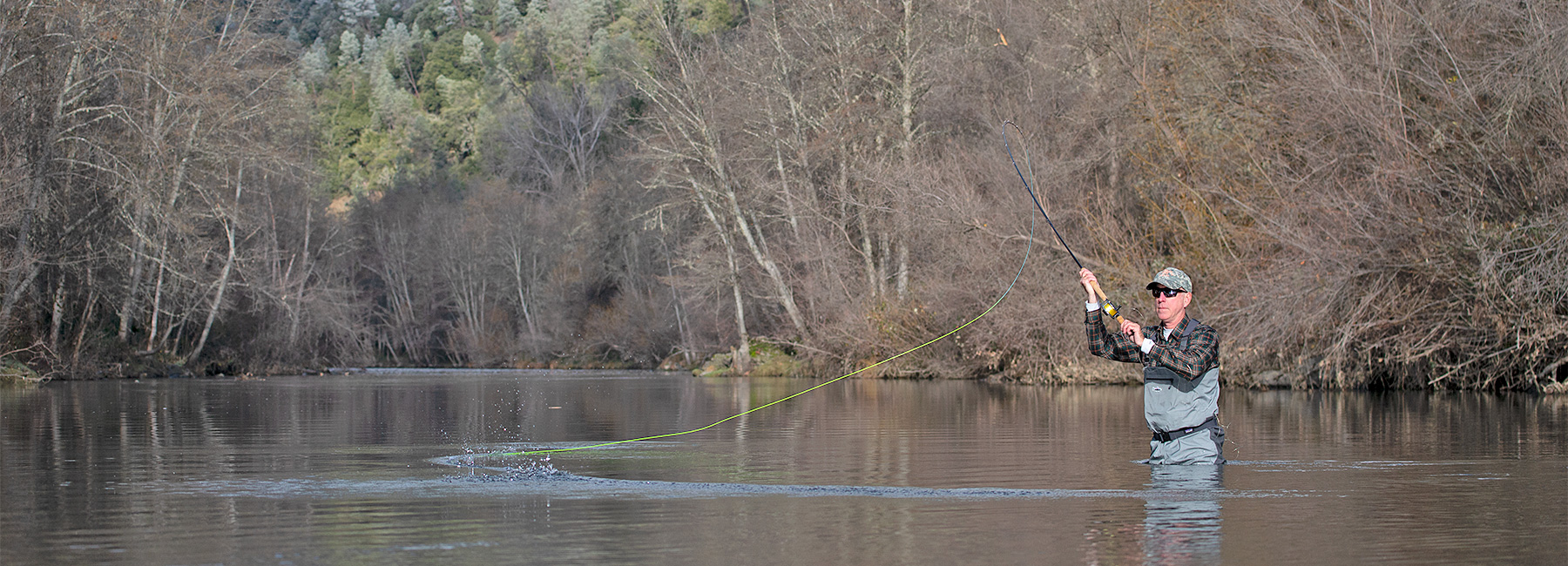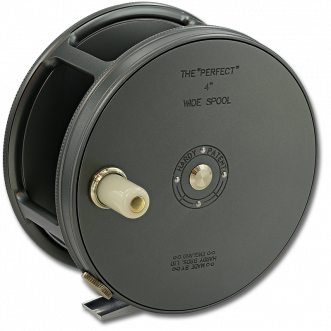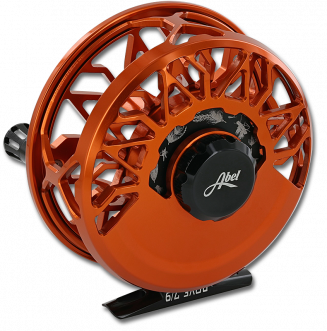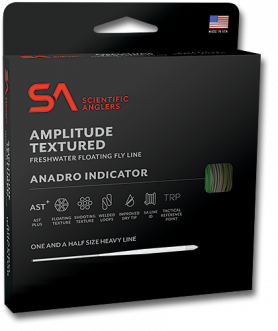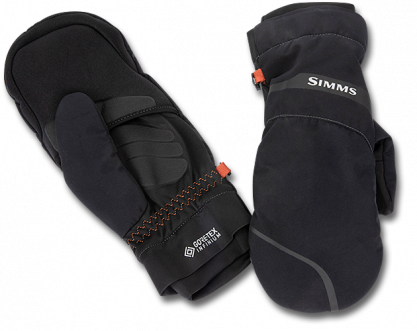Essential Gear for Fly Fishing for Steelhead in Northern California
by Bryan Quick
Fall is just a few days away, and for all of us diehard steelheaders, this is our favorite time of year. The days grow shorter and cooler, the leaves will start to turn soon, and our favorite quarry will begin making their way back into the rivers in good numbers. For now, we’re still sweating through the dog days of summer and chasing local rainbows, but we are definitely spinning up some bugs and lining up our gear so we can be ready when it’s go time!
While we’re preparing for that time when we can drift rubber legs and swing assassins in front of a chromer, let’s take a look at the necessary gear to get after steelhead – the fly angler’s most coveted fish in the Pacific Northwest:
Two-Handed Rods:
Two-handers, or Spey rods, have taken over the swing game in the steelhead world because with a Spey rod you can cast further, more often, and with less effort. It is a far more efficient method, and extremely fun, beautiful, and less taxing on your arms, backs, and shoulders throughout the day. The Spey rod market has changed significantly since the double-handed salmon rods showed up on the scene in the late ’90s. The days of the 14-foot 9-weight are over. For inland rivers, like the small water of the Trinity or Klamath, think 11-foot 5-weight or 12-foot 6-weight. You will need a larger rod to handle the big winter fish on the coast or up in B.C. The best all-around line weight would be a 7-weight. Some recommended rods:
- Scott T3H – 13’6” 7wt
- Sage X – 13’0” 7wt
- Echo TR2 – 13’0” 7wt
- The Fly Shop’s Spey Rod – 12’6” 6wt
- Winston Air TH – 12’ 5wt
Single Hand Rods:
As we said earlier, there are several ways to fish for steelhead, and using a single hand rod is still very popular with many anglers and guides. Here on the Trinity River, there are options for both swinging and indicator fishing for steelies.
- Scott Centric or Sector – 6wt
- Winston Air 2 Freshwater – 6wt
- Winston Air Saltwater – 7 or 8wt
- Sage R8 or Igniter – 6-8wt
A technique that has been perfected by The Fly Shop® guides is dead-drifting nymphs under an indicator. For the Klamath or Trinity Rivers, you will want a 9’0” to 9’6” 6 or 7-weight rod. Pair that with an anadromous or nymphing taper line, and you will be very happy. You can go up a size to an 8-weight if you want, but in our experience, it is not necessary for the inland rivers of California. For the big coastal fish, however, an 8-weight can help you regain the upper hand after the initial mayhem when you have hooked one of these monsters. The Scott Centric 6-weight with the fighting butt is a nice, lightweight rod with plenty of backbone that will allow you to get your rig into the run and keep it fishing all day without tiring. Likewise, the Winston Air Freshwater rod is great to fish your nymphs. For some extra length, Sage’s R8 Core series and Igniter series (6-weight only) rods have 9’6” options in 6- and 7-weights, and these will allow you to mend your line from just a little further away.
For single-hand swingers, all of the mentioned rods will be great. The quintessential steelhead single hand swing rod is a 9’6” 8-weight. If you are fishing a full-sink line, you need to be able to make that initial roll cast to set up your pickup. Each of these has plenty of backbone and will set you up for a laser presentation into the juice.
Fly Reels:
This is where the arguments generally start and continue … Do you go with a traditional click and pawl, such as the Farlex or Hardy Perfect? Or do you go with something a bit newer with a full drag? There have been far more fish caught using a click and pawl reel than have been with a drag. From swinging flies for Atlantic salmon in the 1800s ‘til the development of the stopping power of cork, rulon, and graphite drag systems, a good drag on a reel is a real help when trying to land these powerful fish. But for aesthetics, nostalgia, and sound quality, many die hard steelheaders prefer the older technology of a click and pawl.
-
- Farlex Spey
- Hardy Perfect
- Galvan Rush LT
- Hatch Iconic 9+ or 11+
-
- Abel Rove, Vaya, Sealed Drag Salt (SDS)
- Ross Animas or Evolution LTX
- Galvan Rush LT, Torque or Grip
- Hatch Iconic
- Lamson Guru
Fly Lines:
Again, this one becomes a bit tricky depending on how you are going to be fishing for steelhead. It could also depend on where you are fishing. In the two-handed world, you will need two line systems – one for presenting a fly at or near the surface and one for getting deep. You will also need an array of sinking tips and leaders. For single hand operations, a line with a longer head is preferred for mending during the drift or swing. Very few anglers swing flies on a single-hand rod these days. Those who do use an integrated shooting head with a sinking tip.
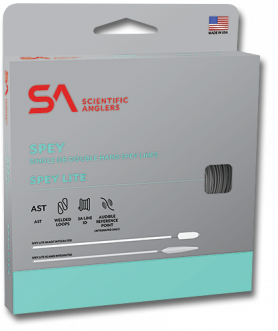 2-Handed: (From surface to deepest)
2-Handed: (From surface to deepest)
-
- Scientific Anglers Spey Lite
- Airflo Rage
- Airflo Skagit Driver
- Airflo F.I.S.T.
*Required Interchangeable Sink Tips for Skagit Heads
• MOW T-14 Tips: 2.5’, 5’, 7.5’, 10’, 12.5’
-
- Scientific Anglers Amplitude Anadro
- Rio Elite Indicator
- Airflo Streamer Max Short (sink tip)
- Old school interchangeable shooting head system
Leaders & Tippet:
Leaders and tippet are the last link in the chain between you and the fish of your dreams. Getting it right is critical for casting and presentation, while also being strong enough to handle a chrome missile. This is one item you will not want to skimp; it is arguably the weakest link in your connection to a fish. And given the time, effort, and expense you will expend chasing these fish, it is no comfort to reminisce over the few dollars you saved on tippet.
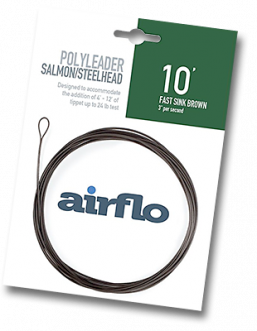 Swinging:
Swinging:
For summer steelhead fishing with Scandi lines, you will need a long-tapered leader off the end of your shooting head. The leader must be at least the length of your rod to properly anchor your D-loop to the river’s surface during the cast. Fine tune the length by adding 10lb. Maxima tippet.
-
- Rio Tapered Steelhead Leaders – 12ft., 10-16lb.
- AirFlo Polyleaders 10ft.
- Maxima Ultragreen 10lb.
For winter fish, we just use Maxima level tippet to make a cheap “leader” off the front of your sink tip. No tapered leaders are needed. Just loop to loop 4ft to 5ft of 15lb. Maxima onto your sink tip and tie a fly on the other end!
-
- Maxima Ultragreen 15lb.
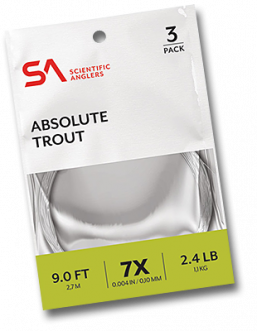 Single Handed:
Single Handed:
If you are dead drifting nymphs, the easiest option is to use a 9ft. tapered leader in 0-2X. You use an indicator on this, or you can tight-line nymph. Or you can build yours right from the butt section to the first fly on your own. How, you might ask? Well, there are as many ways to skin this cat as there are guides and anglers. This would be a great topic for another blog post on its own. For swinging flies with a single-hand rod, the tapered leaders work very well. A 9ft. 2X leader will get the job done nicely.
Flies:
With the ability to fish with a single-hand or two-handed rod, the flies you use will depend on the style you are using.
Swinging:
Early season fish are super grabby and not too particular about what you put in front of them. Probably the most important thing is to get your fly in front of a steelhead. That said, the tried and true flies on the Trinity and Klamath Rivers are:
Later, when the water cools down and the fish are less likely to move to a fly, you will need something that will present a larger profile. Intruders in black and blue work great, but don’t pass up on pink and purple.
If you are looking for a challenge, try skating a fly on the surface. Early season fish are just as likely to chase down your fly on top as they are to eat a subsurface fly.
Under an Indicator:
When it comes to fishing for steelhead under an indicator it’s all about eggs. We’ll save the bead debate for another post. But, these little round balls of pink and orange produce takes. Around our home waters, stoneflies play a huge role in taking steelhead as well as small attractor nymphs like the Psycho Prince and Copper Johns in various colors.
Clothing:
When you are dressing for potentially cold weather in the mornings and evenings, but warmer weather during the day, it is especially important to make sure that you are layering your clothing properly. We will start with outerwear and work our way to baselayer.
 Waders:
Waders:
Waders are highly recommended when chasing chrome in the cooler weather. Unfortunately, those same lightweight waders you use during the spring and summer are likely not going to keep you warm enough in the cooler weather, so here’s what we recommend:
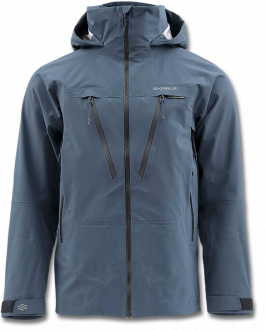 Jackets:
Jackets:
It’s honestly hard to even think about putting a jacket on right now, but we are only a couple of months away from the rain and snow season, and you want to be prepared for everything when steelhead fishing. The most important thing about a jacket is that it should be comfortable and keep you dry, even in the harshest of weather. Many of the newer jackets are designed for this as well as reducing bulk. Here are some of our suggestions:
-
- Skwala RS Jacket
- Patagonia Swiftcurrent Jacket
- Simms G4 Pro Jacket
- Simms G3 Guide Jacket
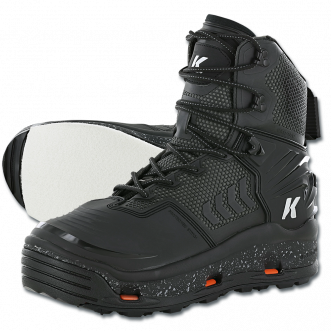 Wading Boots:
Wading Boots:
I think if anyone has spent a lot of time in cold weather, they understand that a comfortable and well-fitting boot can make or break your day. Of course, your boots work in conjunction with your waders, so if your wader feet are too large or small that will affect the comfort of your boots. You may even need a separate boot for your steelheading, as you may want a size larger than normal for added sock thickness. Here are a few of our recommendations:
Underwear (Layering):
This is where it gets interesting as we all have our own built-in thermostats. While one thing works great for one angler, it may be too much or not enough for another. But one thing stays consistent, the need for breathable underwear that wicks moisture away from the skin.
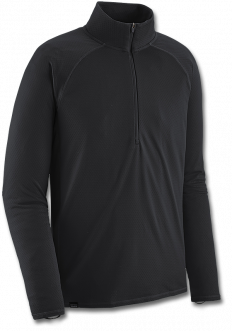 Baselayer: This is the first layer next to your skin. We generally start with a thin layer:
Baselayer: This is the first layer next to your skin. We generally start with a thin layer:
-
-
-
- Patagonia Capilene Top and Bottom
- Simms Lightweight Baselayer Top and Bottom
- Patagonia Capilene Cool Crew Shirt
- Simms Lightweight Core Top and Bottom
-
-
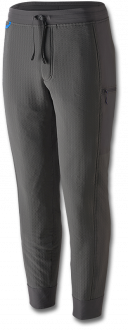 Thermal Layer: The second layer, covering the baselayer.
Thermal Layer: The second layer, covering the baselayer.
-
-
-
- Patagonia R1 Fleece ¼ Zip Top
- Patagonia R2 Tech Face Pant
- Simms Thermal ¼ Zip Top
- Simms Thermal Bottom
-
-
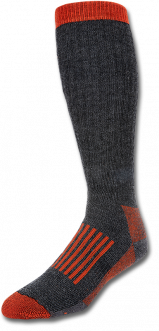 Socks:
Socks:
This is one item that most people don’t think about and often make the wrong choice by wearing a pair of daily cotton socks. Although those work great for everyday use, they don’t wick moisture and thus leave your feet cold and clammy. A better choice is to get a good pair of socks that moves that moisture away and helps to keep your feet warm and dry.
Gloves and Hats:
Now that we’ve got your body nice and warm and layered appropriately, we should cover the outer extremities. The old saying, maybe something your mom told you, that we lose 75% of our heat through our head has been proven false, but in this case it can be true. If you’ve taken all of the time to cover the rest of your body, then of course heat will escape through your head if it’s not covered. So, it’s important to cover your hands and head with the appropriate items for cold weather.
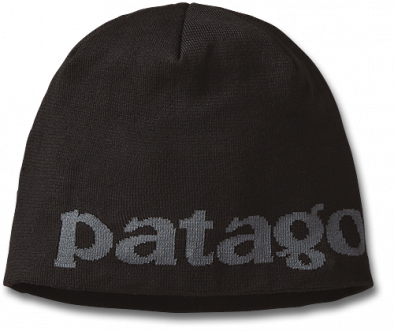 Hats:
Hats:
-
-
- Patagonia Beanie
- The Fly Shop Beanies
- Your favorite fishing hat
-
We’ve covered everything you would need to chase steel in Northern California. Much of the same stuff is used to do the same around the world. You may need a heavier line weight rod and line, but the bulk of the items listed here will cover your steelheading trips across the globe. Have specific questions on gear for your next outing? Let our expert team of anglers help you get lined out. We’ve been chasing chrome for 44 years, and there isn’t anybody who knows these Northern California steelhead waters better.
